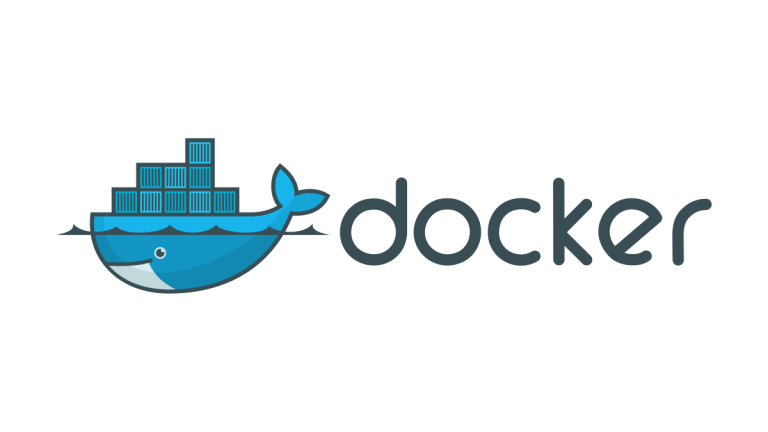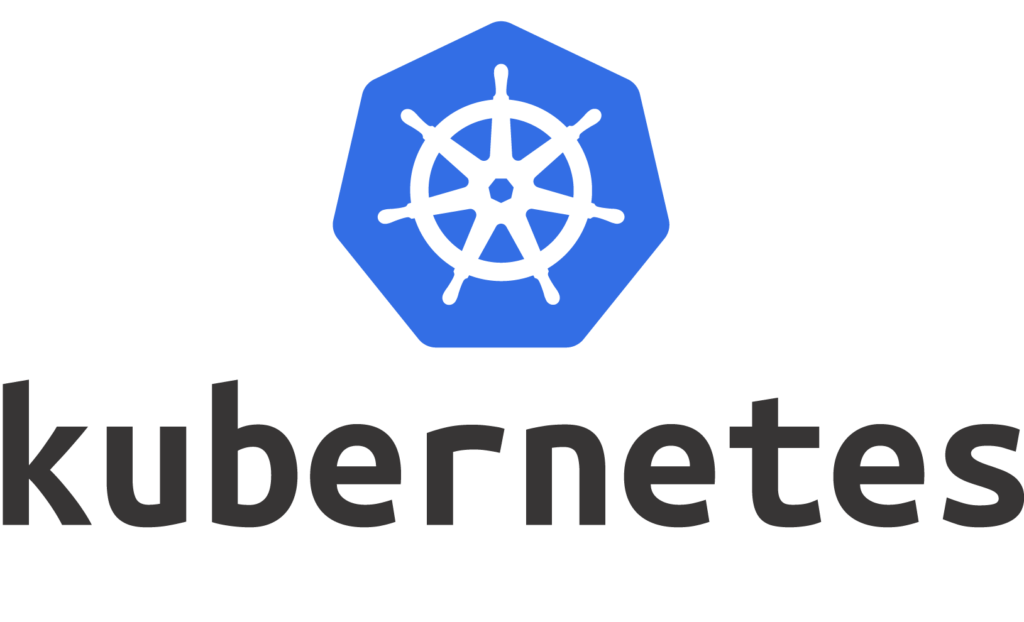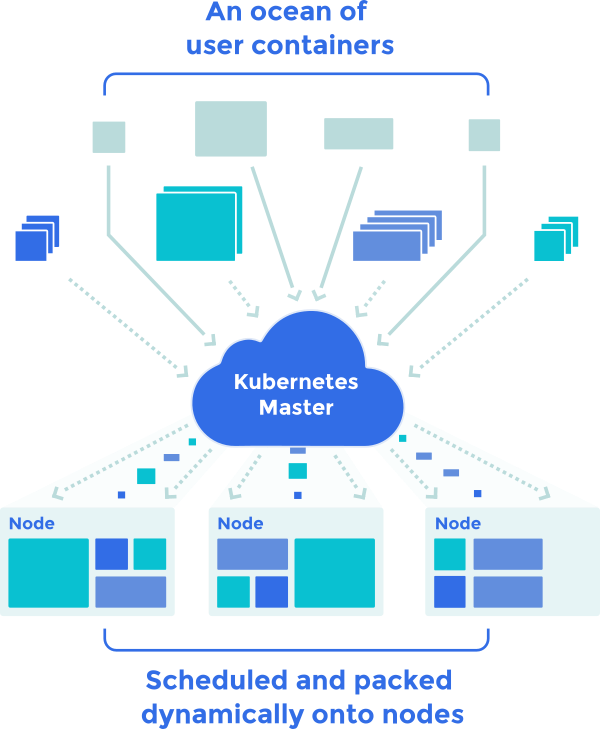What is Kubernetes?
by brian | Dec 9, 2020 | Kubernetes | 0 comments
What is Kubernetes?
Kubernetes is an open-source program that helps orchestrate and manage containers. It was first developed by Google in 2015 and has since been maintained by the Cloud Native Computing Foundation(CNCF). It has since been growing at a rapid pace and has been gaining interest from developers.
Google Search Trends for Kubernetes
Today we will be taking a beginner-friendly approach to the main components of Kubernetes and how they work together.
What is Open Source?
First, to understand how Kubernetes is maintained, we need to know what open source means. Open source projects essentially mean the full code is available for the public to modify and improve. It enables talented developers from anywhere to help contribute to and develop software. This practice is widely used and was how the early stages of the internet were developed. Because Kubernetes is open source, it is constantly up to date and easily configurable to fit most developers’ needs.
Containers And Their Uses

A big technology concept that Kubernetes uses is containers, most commonly with the software called Docker. It is a common misconception that developers need to choose between using Docker or Kubernetes. However, the most beneficial combination is when both are used in tandem. But first, what are containers?
Containers are a form of a packaged up software application that essentially isolates a program from other environments. Placing a program in a container becomes independent and, therefore, easier to update and scale. The container includes the program itself and all the essential elements that the program needs to run. The benefits of this include an increase in portability and a reduction in deployment time because containers are lightweight and relatively fast.
While containers by themselves are already handy, they become challenging to manage or scale at a fast rate. This is where Kubernetes comes in.
Kubernetes

Kubernetes is a smart program that automatically monitors, scales, and deploys containers based on user specifications. First, here are some of the common terminology used for Kubernetes:
- Nodes:The host that the container runs on. It is a worker machine that can either be a virtual machine (VM) or a physical machine.
- Pod: A management unit in Kubernetes containing multiple containers along with a YAML file that specifies the pod’s attributes.
- Cluster: a group of nodes that the master nodes manage
One of the main reasons for using Kubernetes is to scale up an application. The naive way to scale a program is to load one application per container, creating new pods as needed to handle an increase in traffic. While this practice is good if there are only a few pods, this is extremely inefficient and hard to manage at a large scale. Each pod would require wasteful resources and tedious amounts of configurations. Kubernetes scales by automatically assigning containers into pods based on the requirement specifications and a smart load balancing technique.
The cluster’s overall structure includes one master node, which coordinates and manages the entire cluster by connecting to all other nodes.

A visualization of a Kubernetes cluster
There are three main properties of a Kubernetes cluster and its uses:
- Deployment: Kubernetes has built-in tools to specify resource parameters and size allocation for your application easily
- Development: Load balances using services to make changes to configure all pods automatically
- Monitoring Tools: Many tools display introspection into the application, as well as countless open source tools to display application data
Setup
The Kubernetes cluster setup is relatively simple and straightforward, assuming that the program has been made and is concerned with using a docker program. The combination of containers with Kubernetes can create a reliable and scalable application.
Steps:
- Provide container from Docker and create a cluster
- Set deployment parameters (in a YAML file) to deploy the application
- Monitor or scale the application as the fit
Overall, Kubernetes is a handy tool when creating an application that needs to be scaled and monitored quickly. It takes in containers that isolate a program to reliably and accurately scale, monitor, and deploy an application to the masses.
If you would like to explore more for yourself, here some helpful resources:
0 Comments